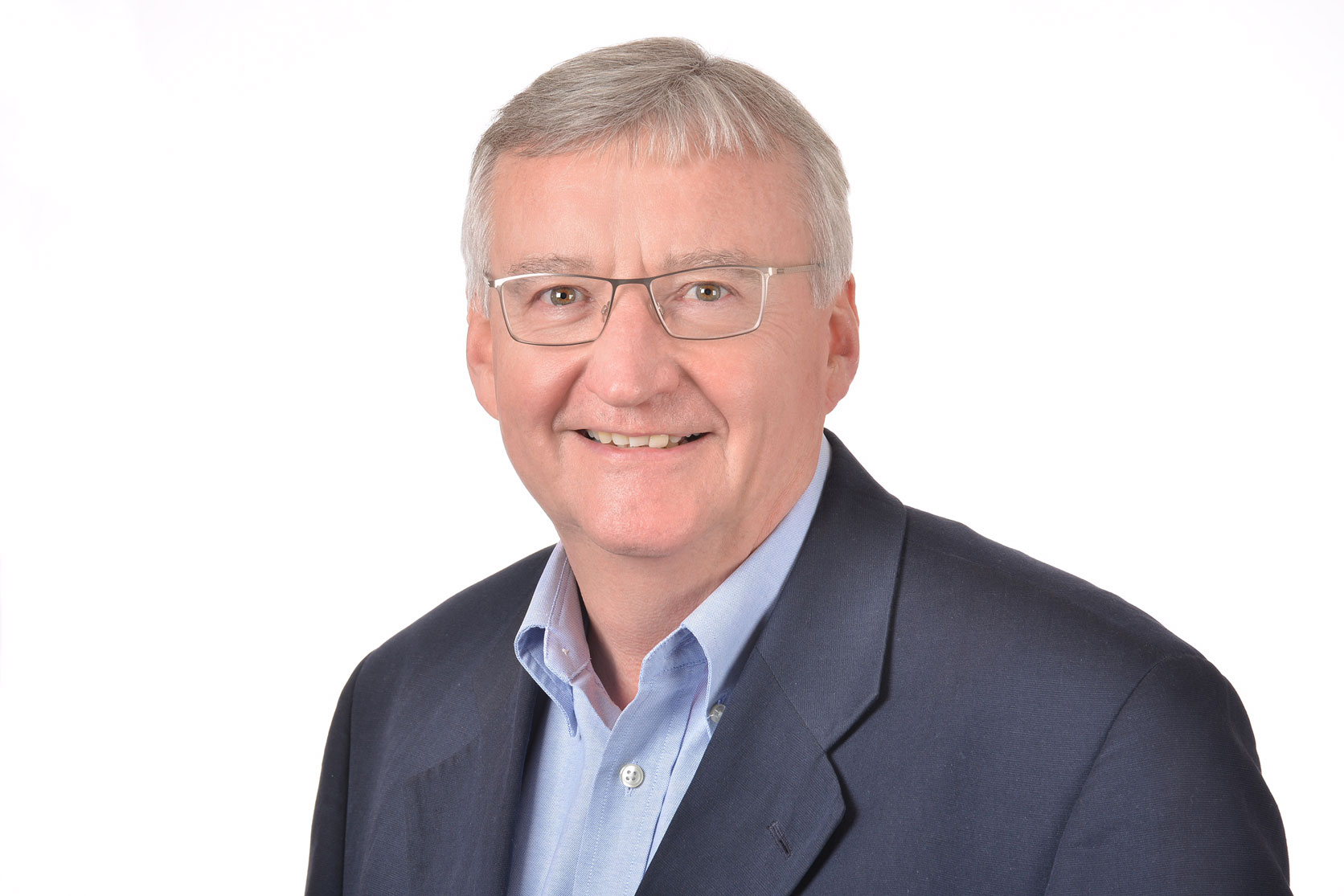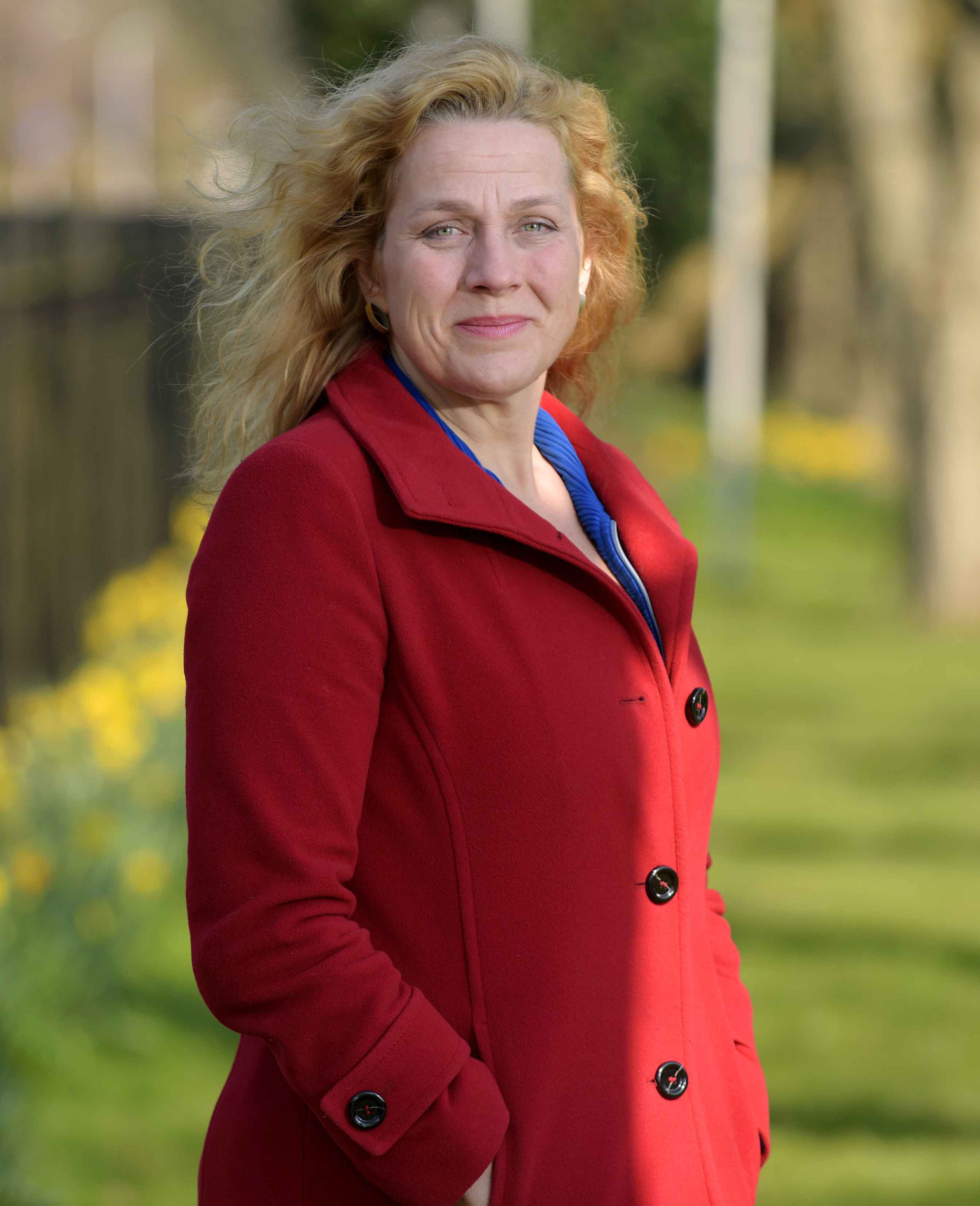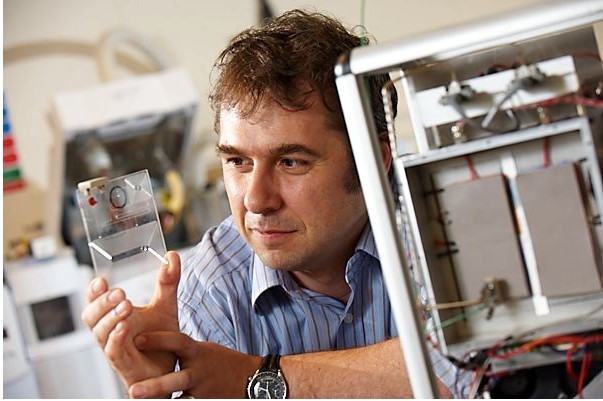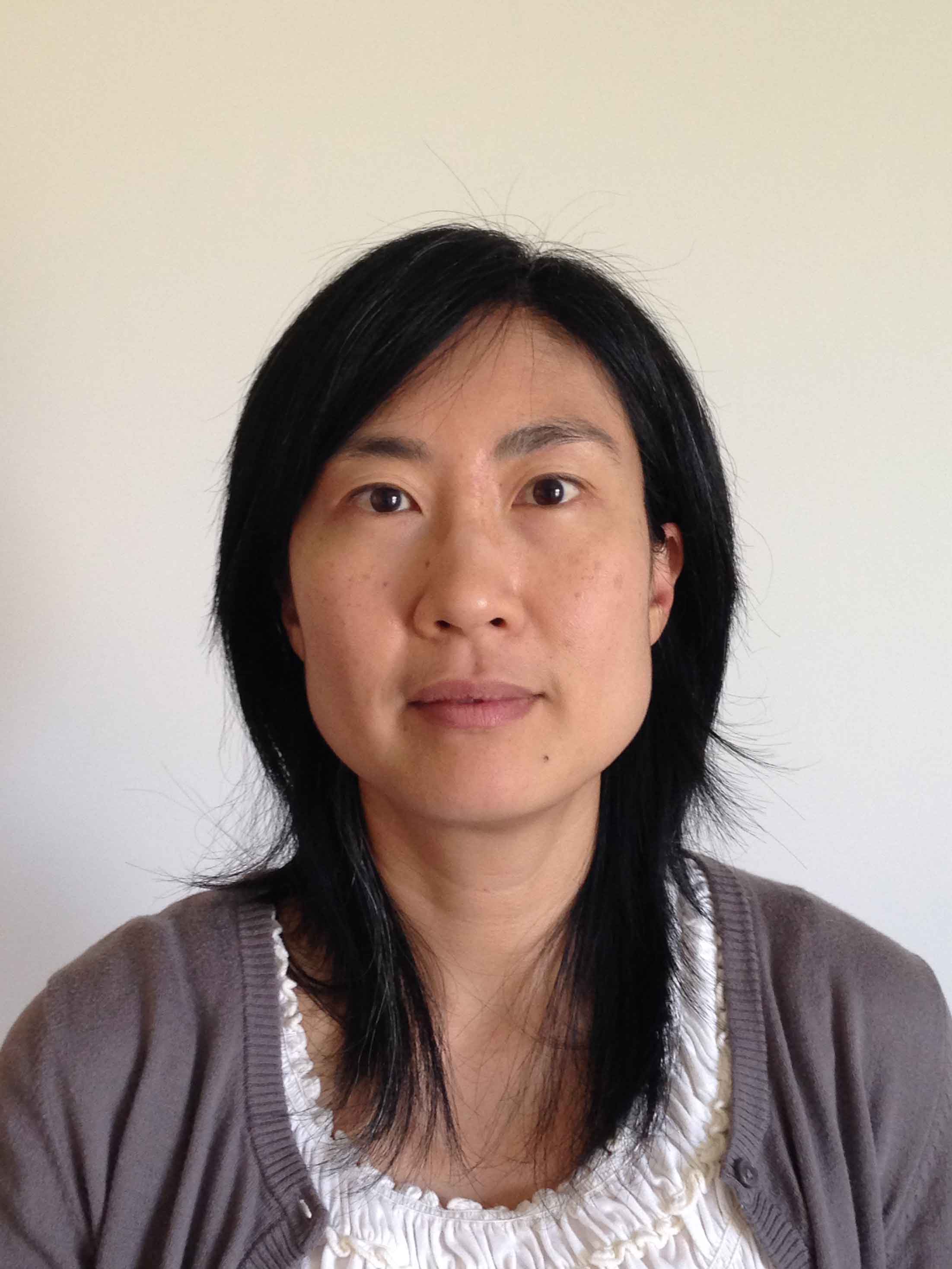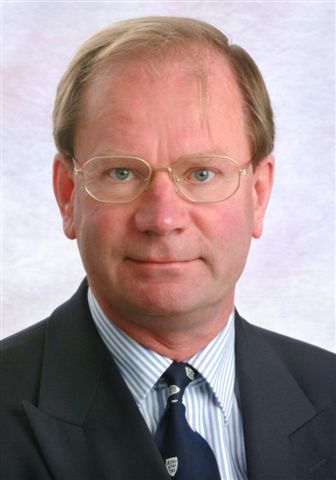 Professor Stephen Holgate CBE, University of Southampton, United Kingdom
Professor Stephen Holgate CBE, University of Southampton, United Kingdom
Stephen is Medical Research Council Clinical Professor of Immunopharmacology at the University of Southampton with a research interest in the mechanisms of asthma and allergy. He has over 1000 peer reviewed publications and an h index of 155. He has been President of the British Society for Allergy and Clinical Immunology, the British Thoracic Society and is currently President of the British Association for Lung Research and the Collegium Internationale Allergologicum. He has been Chair of MRC Population and Systems Medicine Board, the MRC Translational Research Group, Member of MRC and NERC Strategy Boards and Chaired the Main Panel A (Medical and Life Sciences) of REF 2014. He chaired the UK Government Committee on the Medical Effects of Air Pollutants (8 years), the Expert Panel on Air Quality Standards (4 years), the Hazardous Substances Advisory Committee (9 years), and was a member of the Royal Commission on Environmental Pollution (6years). His contributions have been recognised by a number of awards including The King Faisal International Prize in Medicine and the J Allyn Taylor International Prize in Medicine and Honorary Degrees from the University of Ferrara Italy, Krakow Poland, Naples Frederico II, Italy and Exeter, UK. He was a Founder Member of the Academy of Medical Sciences, served on its Council and is Founder Chair of the Clinical and Veterinary Section of the Academia Europaea and Council Member.
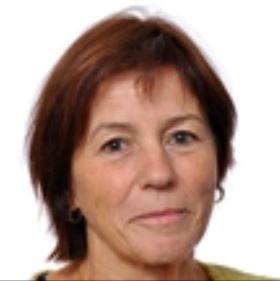 Professor Greet Schoeters, VITO, Belgium
Professor Greet Schoeters, VITO, Belgium
Greet Schoeters manages Environmental Health projects at VITO, is professor at the Public Health Institute of the University of Southern Denmark University and Professor at the Department of Biomedical Sciences of the University of Antwerp. She coordinates the Flemish human biomonitoring study (FLEHS) of the Flemish ministries of Environment and Health (2002-2020) and participated in the EU ESBIO and EU COPHES project to prepare a European human biomonitoring programme. Currently she is co-coordinator of the European HBM4EU project. HBM4EU is a joint effort of 28 countries and the European Commission, co-funded by Horizon 2020. The main aim of the initiative is to coordinate and advance human biomonitoring in Europe in order to provide better evidence of the actual exposure of citizens to chemicals and the possible health effects to support policy making. She is vice chair of the Scientific Committee of the European Environment Agency (EEA) and participated in the European Scientific Committee of Health and Environmental Risks (SCHER 2013-2016) and of the CONTAM panel of the European Food Safety Agency (2003-2006). She was president of the European Society for Toxicology in Vitro (2008-2012).
 Professor Paul Whitehead, University of Oxford, United Kingdom
Professor Paul Whitehead, University of Oxford, United Kingdom
Paul Whitehead is Professor of Water Science at the University of Oxford and has over 35 years experience of research on water quality and pollution issues, and has a special interest in modelling, including the development of dynamic, stochastic and planning models. He has led the Ganga River Modelling programme in Oxford over the past 4 years, which has been a joint Project with IIT Kanpur and funded by the NERC ESPA Programme. As part of this models have been developed for the Ganga System to simulate the impacts of climate and land use change on flows and water quality in the Ganga system, as well as assess the impacts of future socio-economic change. Professor Whitehead has been successful in generating over 47 projects with projects funded by NERC, EPSRC, ESRC, EU, EA and a range of Government Departments such as DEFRA, DFID and DTI. Professor Whitehead has served on several senior NERC committees such as the Thematic Programme Planning committees for the River Ecology Programme (NERC £8 million), Pollution Pathways Programme (NERC £8million), Land Use Research Programme (NERC £12 million), Joint NERC/AFRC Agricultural Pollution Programme (£9 million), NERC LOIS Programme (£36 million) and Environmental Diagnostics (NERC £6million). He has also been an environmental research advisor to the EU, Belgium and Romania and he has also worked in Nepal, Thailand, India, China, Taiwan, Brazil, Australia and the USA. He has published widely with over 200 papers in the refereed literature as well as being guest speaker at a wide range of conferences and meetings.
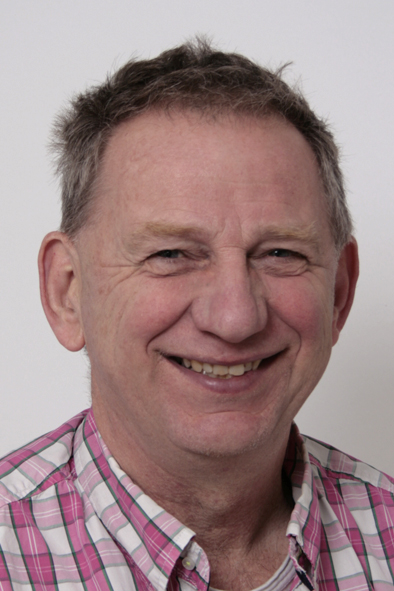 Professor Jacob van Klaveren, RIVM, Netherlands
Professor Jacob van Klaveren, RIVM, Netherlands
Professor Jacob van Klaveren had his education in Human Nutrition at Wageningen University. He coordinated the Research and Development Programme on food safety of Wageningen University and Research (2005-2009). Since 2015, Jacob is coordinating the EFSA-RIVM partnership agreement on mixtures of pesticides and the European funded EuroMix project, aims at setting up a test strategies for mixtures from multiple sources. In February 2016, he was appointed as guest professor on risk – benefit assessment at the Danish Technical University (DTU).
 Dr Tina Mehta, Dow Chemicals, United Kingdom
Dr Tina Mehta, Dow Chemicals, United Kingdom
Tina joined the Department of Human Health Assessment at Dow AgroSciences in 2001 as a Regulatory Toxicologist and became the EMEA/APAC Toxicology and Risk Assessment Leader in July 2014. Tina established a Crop Life International cross-industry team in 2015 to develop the 1st aligned Agrochemical Industry Vision for global implementation of Exposure-Based Assessment, to bring a paradigm shift in support of globally harmonized, risk assessment-based, regulatory decision-making. She significantly contributes to human health assessment strategies, including toxicology development programmes, predictive toxicology and external advocacy. Tina is a member of various industry groups promoting best practices, encouraging relevant guidance and methodology developments (e.g. non-animal approaches to acute toxicity testing and cumulative risk assessment). Tina actively collaborates with a number of 3Rs initiatives, including NC3Rs, CAAT and OECD. Tina has been involved in strategic development of new technologies focussing on science and collaborative research initiatives including Horizon 2020 consortium projects.
 Dr Stephanie Bopp, European Commission JRC, Italy
Dr Stephanie Bopp, European Commission JRC, Italy
Stephanie Bopp is a Scientific Officer at the European Commission Joint Research Centre (JRC) in Ispra (Italy). She works in the group on "Chemical Safety and Alternative Methods (F.3)", where she is leading the activities on the assessment of chemical mixtures. Before, she worked in the European Food Safety Authority (EFSA, Parma, Italy) on pesticide environmental risk assessment and in several other organisations in Germany and Switzerland in the area of ecotoxicology and environmental chemistry. She holds a MSc equivalent in Geoecology (University of Bayreuth) and a PhD in Environmental Toxicology and Chemistry (Helmholtz Centre for Environmental Research UFZ Leipzig / University of Rostock).










